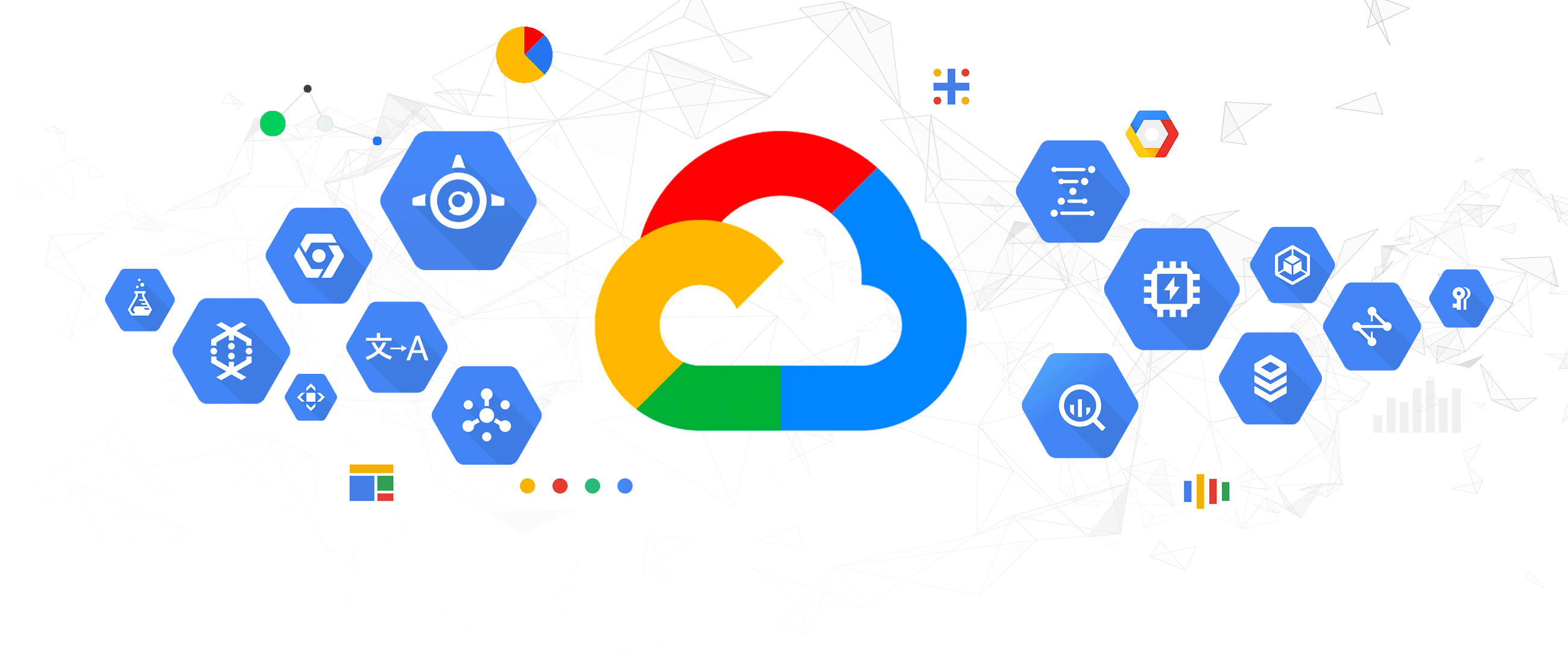The telecommunications industry is changing quickly thanks to rapid advances and developments in technology coupled with evolving consumer habits and preferences.
Rising competition in the mobile and telecommunications sector has left the industry saturated with competition, making it more challenging for telcos to stand out and define themselves as unique in their service offerings.
On top of this, customer expectations have shifted as well. The pandemic caused a surge in demand for video and voice services from telcos and, with it, an increased demand for fast, efficient and personalized services.
Customer service has become integral to telcos’ success and longevity and providing an exceptional customer experience to each customer is essential. Read on to discover how Salesforce is the ideal CRM to help telcos deliver the service their customers expect without escalating costs or sacrificing quality for speed.
What Is The Biggest Customer Service Challenge That Telcos Face?
Ironically, telcos find that their biggest problem is also the best thing to happen to their business: a consistently growing database of customers. The more customers telcos win, the more difficult it becomes to offer a personalized customer experience to each subscriber and manage their account data.
With ever-expanding customer databases, telcos do face an uphill battle when it comes to giving excellent customer service and management. The solution lies in harnessing a comprehensive CRM tool, like Salesforce, that provides a seamless front-end experience by providing robust back-end management.
In other words, a CRM tool that backs and is backed by data is the key to scaling customer service management and engagement with ease.
How Does Salesforce Help Telcos Enhance Their Customer Experiences Through Operational Efficiency?
Optimize database management
Salesforce provides telecommunications organizations with an end-to-end view of each customer listed on their database. Salesforce helps trace customer data across channels and stores and integrates this information in a single interface that’s easily accessible.
This benefits multiple departments within the organization. Support teams have easy access to a customer’s data that they can pull up when dealing with queries or resolutions, marketing teams can identify and track prospects for certain marketing campaigns and sales teams can seamlessly navigate customer data for cross and upselling.
A cloud-based database prevents data silos from forming and ensures all departments have access to up-to-date information about every customer.
Improve customer engagement and interactions
Within a competitive industry like telecommunications, a strong customer service foundation is essential for mobile network operators and telcos to stand out, attract new customers and retain existing customers.
Salesforce CRM gives telcos a complete 360-degree view of each of their customers, allowing telcos to go beyond expectations when it comes to customer service.
With Salesforce, telecoms can create a personalized, tailored customer experience based on insights provided by customer behaviour, purchasing history, click-through rates and habits, as they progress through the subscriber lifecycle.
Customers who receive more personalized service from their network or telecom providers are more likely to actively engage with and respond to communications and offers.
These insights also allow telecom companies to create a more comprehensive long-term picture of every customer and their unique needs, which helps to increase ARPU and reduce churn.
Streamline customer tracking and follow-ups
Customer segmentation and targeting based on what stage of the sales pipeline they’re in can be a time-consuming task, especially using disconnected systems that don’t share updated data in real-time.
Keep in mind that organizations have to do this with hundreds of leads and prospects, not just one at a time.
With Salesforce’s data consolidation feature, this process becomes simple. Telcos get real-time updates on customer interactions, purchases and their current status in relation to the organization. This makes it easy to automate and send follow-up responses to further guide customers through the sales funnel.
Harness data for predictive analytics
The extensive data coverage and collection by Salesforce makes it easy for telecom companies to engage in data mining to analyze and predict current and new market trends.
Salesforce offers predictive analytics that allows telcos to assess customer behaviour down to a base level. This granular view of collective customer purchases, interactions and behaviours can help telcos make informed, educated guesses about potential directions the market may take.
This allows them to take the necessary steps to prepare in advance to meet new trends and be the first on the block to offer them to customers, outpacing competitors and winning new clients and subscribers, and future-proofing their business operations.
Levelling Up Your Customer Service With CloudSmiths
Providing a seamless customer experience is only possible through robust, established operations and processes that make service facilitation simple.
When implemented correctly, Salesforce has the potential to transform the customer experience and the operational efficiency of any telecoms organization, no matter their size and client database.
Getting to grips with its functionality, however, can take time and for this reason, we recommend working with an experienced Salesforce implementation partner who can oversee its organizational roll-out and onboarding quickly and efficiently.
CloudSmiths is Africa’s largest all-in-one Salesforce implementation partner and advisor. Working with major Telcos such as Seacom, Dark Fibre Africa, Vodacom and Tigo, and over 350 successful CRM projects under our belt for local and international clients, our ability to connect clients with their customers through Salesforce is unmatched.
Our extensive expertise enables us to tailor unique strategies and solutions that help clients drive sales and transform their end-to-end customer experience.









